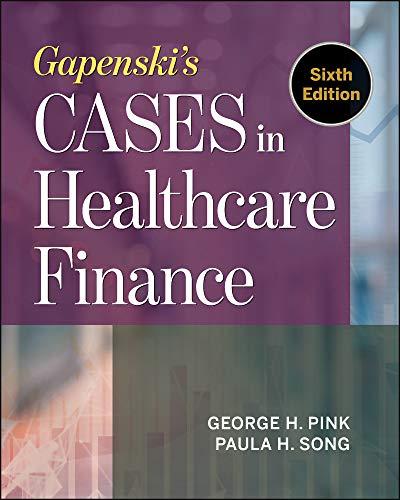Answered step by step
Verified Expert Solution
Question
1 Approved Answer
Consider a $1,000-par junk bond paying a 12% annual coupon. The issuing company has 20% chance of defaulting this year; in which case, the bond
| Consider a $1,000-par junk bond paying a 12% annual coupon. The issuing company has 20% chance of defaulting this year; in which case, the bond would not pay anything. | |||||
| If the company survives the first year, paying the annual coupon payment, it then has a 25% chance of defaulting in the second year. | |||||
| If the company defaults in the second year, neither the final coupon payment nor par value of the bond will be paid. | |||||
| 3a . What price must investors pay for this bond to expect a 10% yield to maturity? | |||||
| Year 1 | Year 2 | Sum | |||
| Expected cash flows | 120 | 1120 | |||
| PV of expected cash flows | |||||
| The price today should be: | |||||
| 3b . At that price, what is the expected holding period return? Standard deviation of returns? Assume that periodic cash flows are reinvested at 10%. | |||||
| At the end of two years, the following cash flows and probabilities exist: | |||||
| Final Cash Flow | Holding Period Return (HPR) | Prob*(HPR - Exp. HPR)2 | |||
| Probability | Prob *HPR | ||||
| 0.2 | $0.00 | ||||
| 0.2 | $132.00 | ||||
| 0.6 | $1,252.00 | ||||
| The expected holding period return is: | |||||
| The standard deviation is: | |||||
Step by Step Solution
There are 3 Steps involved in it
Step: 1

Get Instant Access to Expert-Tailored Solutions
See step-by-step solutions with expert insights and AI powered tools for academic success
Step: 2

Step: 3

Ace Your Homework with AI
Get the answers you need in no time with our AI-driven, step-by-step assistance
Get Started


